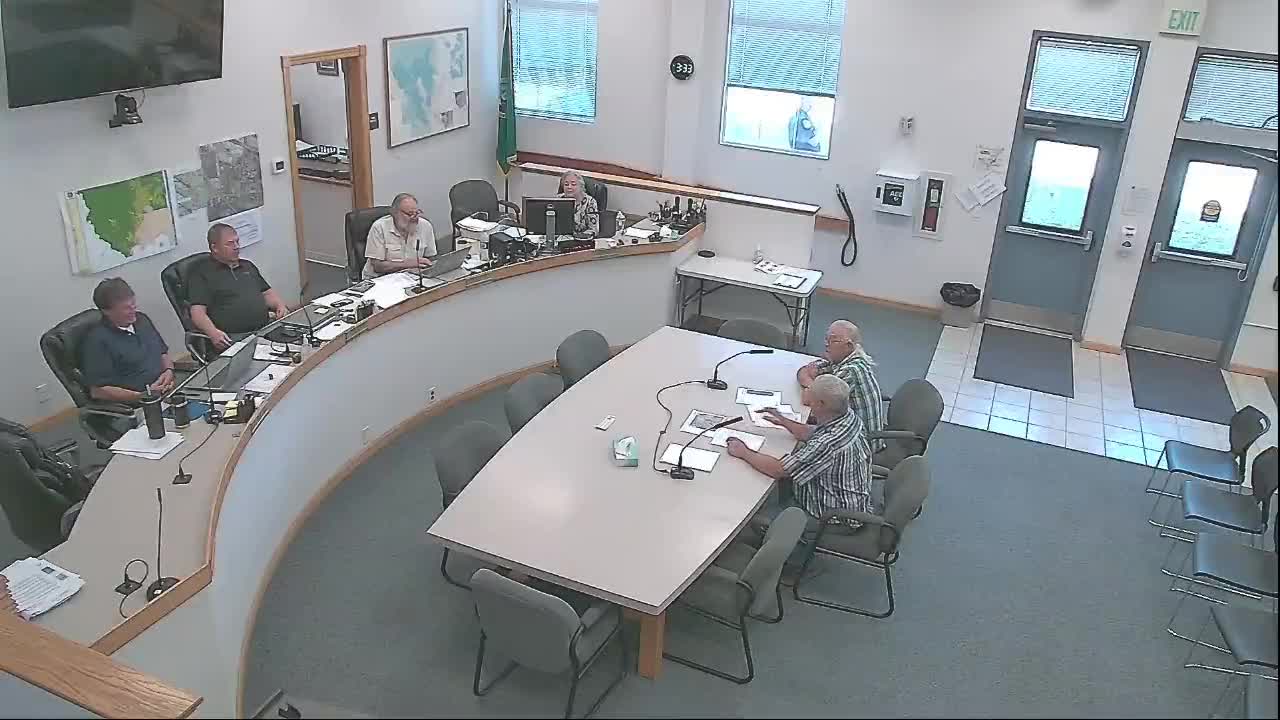Communities face flood insurance crisis as new maps emerge
August 27, 2024 | Okanogan County, Washington
This article was created by AI summarizing key points discussed. AI makes mistakes, so for full details and context, please refer to the video of the full meeting. Please report any errors so we can fix them. Report an error »

In a recent government meeting, officials discussed the pressing issue of updated FEMA flood maps for Okanagan County, which have significant implications for local communities, particularly Oroville, Omak, and Tenaska. Kurt Ganneson, a contract planner, highlighted that the risk mapping project began before the COVID-19 pandemic and has faced numerous delays. The new maps indicate that large portions of Oroville and Omak could fall within a 100-year floodplain, potentially affecting low-income neighborhoods and increasing the financial burden on residents due to mandatory flood insurance requirements.
Ganneson pointed out that Oroville and Omak are among the few communities with levee systems constructed by the Army Corps of Engineers, but these levees may not meet FEMA's updated criteria. The accreditation process for these levees is critical; without it, areas currently protected could be reclassified as high-risk flood zones. This situation poses a significant challenge for local governments, which must navigate the complexities of federal regulations while addressing the economic impacts on their communities.
The meeting also addressed the potential ramifications for Tenaska, which lacks a levee system. Residents in mobile home parks could find their properties rendered nearly worthless if classified within a floodway. The discussion underscored the urgency for communities to collaborate with federal and state agencies to secure funding and technical assistance for flood mitigation efforts.
Officials emphasized the need for a coordinated approach to address the challenges posed by the new flood maps, including the possibility of forming a technical team to explore solutions. The conversation highlighted the importance of community engagement and the need for clear communication regarding the implications of the updated flood risk assessments.
As the county prepares for the release of preliminary flood maps next spring, local leaders are urged to consider the potential impacts on development regulations and the necessity of proactive measures to protect residents and infrastructure from future flooding risks.
Ganneson pointed out that Oroville and Omak are among the few communities with levee systems constructed by the Army Corps of Engineers, but these levees may not meet FEMA's updated criteria. The accreditation process for these levees is critical; without it, areas currently protected could be reclassified as high-risk flood zones. This situation poses a significant challenge for local governments, which must navigate the complexities of federal regulations while addressing the economic impacts on their communities.
The meeting also addressed the potential ramifications for Tenaska, which lacks a levee system. Residents in mobile home parks could find their properties rendered nearly worthless if classified within a floodway. The discussion underscored the urgency for communities to collaborate with federal and state agencies to secure funding and technical assistance for flood mitigation efforts.
Officials emphasized the need for a coordinated approach to address the challenges posed by the new flood maps, including the possibility of forming a technical team to explore solutions. The conversation highlighted the importance of community engagement and the need for clear communication regarding the implications of the updated flood risk assessments.
As the county prepares for the release of preliminary flood maps next spring, local leaders are urged to consider the potential impacts on development regulations and the necessity of proactive measures to protect residents and infrastructure from future flooding risks.
View full meeting
This article is based on a recent meeting—watch the full video and explore the complete transcript for deeper insights into the discussion.
View full meeting
